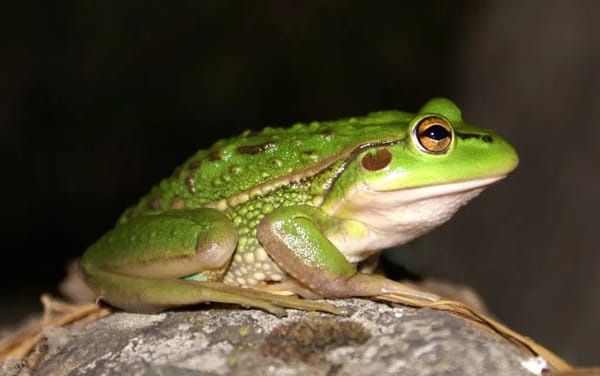
On the Brink
Importance of biodiversity
In this column we have often referred to the importance of biodiversity in maintaining a well-functioning ecosystem. It’s increasingly recognised that the scarcity or extinction of any flora or fauna will upset the balance of nature and we have ecologists and natural resource managers working to identify and address











